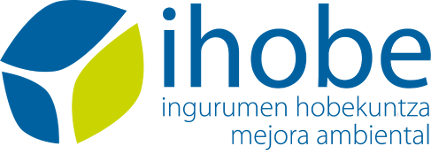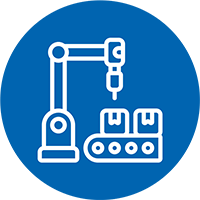VERTICERO
ZERO REFRACTORY LANDFILL IN THE STEEL INDUSTRY
The generation of refractory waste in the TUBOS REUNIDOS GROUP (TRG) steelmaking process amounts to 3 kg of magnesite, 3.04 kg of dolomite and 0.6 kg of alumina per tonne of steel. The refractory is changed every 6 casts, although this factor depends on the type of steel processed, and the quantities could vary considerably with different types of carbon and/or processes in other steelworks in the Basque Country. According to the Basque Country's non-hazardous waste statistics, 18,865 tonnes of carbon-based metallurgical refractories, 16,140 tonnes of metallurgical refractories and 3,168 tonnes of non-metallurgical refractories are generated each year.
TRG is a pipe manufacturing company that leads VERTICERO, a project on which it has worked with INTOCAST, a manufacturer of refractory ceramic products, REDENA, a refractory material waste management company, and the CTME Technology Centre.
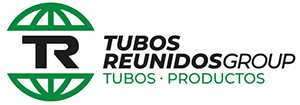
DRIVING FACTOR
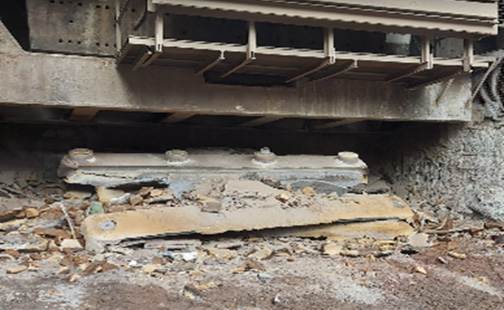

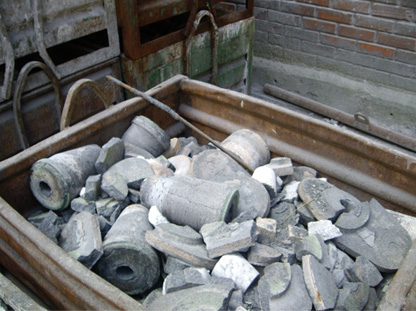
 OBJECTIVES
OBJECTIVES
- Recycle all the metallurgical refractory waste generated at TRG's Amurrio plant, or in other words, 660 tonnes per year of magnesite, 669 tonnes per year of dolomite and 132 tonnes per year of alumina.
- Reduce CO2 emissions by 2,300 tonnes each year due to the minimisation of the extraction, treatment and transport processes of virgin refractory.
- Replace fluorspar as an acid additive in the process with an alumina-based component, in anticipation of European regulations calling for the elimination of fluorides from the composition of the waste.
- Savings of more than €300,000 each year in raw material and landfill costs.
 RESULTS
RESULTS
- Development in the laboratory, verification tests at the TRG plant, and implementation of different pretreatment processes for TRG refractory waste (extraction, gunning, grinding, etc.), with different uses of the secondary materials obtained, and demonstration of their technical feasibility.
- Recovery of dolomite from the ladle for direct reuse, and use of the surplus for refractory mortar.
- Reuse of magnesia plus carbon as a basic additive. It has been reformulated to obtain the required quality.
- Reuse of dolomite as a substitute material for dolomitic lime as a slagging agent.
- Development of the corresponding formula to reconvert alumina into acid additive for refining.
- Savings of more than 1,400 tonnes of different raw materials each year.
- Reduction of waste sent to landfill by more than 2,500 tonnes each year.
- 34% reduction of CO2 equivalent emissions, achieving savings of 1,900 tonnes per year.
 CONCLUSIONS
CONCLUSIONS
- The results of VERTICERO are transferable to 10 Basque companies in the iron and steel sector, and its adoption by the sector as a whole would mean savings of 8,000 tonnes of refractory bricks per year, 9,000 tonnes of refractory mortar, 2,000 tonnes of basic additives, and 14,000 tonnes of dolomitic lime, if a significant part of the Basque steel sector were to implement the initiative. Savings in CO2 equivalent emissions could reach 28,000 tonnes each year.
- TRG is participating in the ReStoRe project, led by the Italian company DEREF, as part of the European Union’s Horizon 2020 programme, which shares the same objectives as the VERTICERO project.
- The next major step to be taken is the implementation of grinding at TRG, given the volume of material that can be recovered using the technology developed by VERTICERO.
ENVIRONMENTAL
TECHNICAL
ECONOMIC
COMMERCIAL
ON THE MARKET
